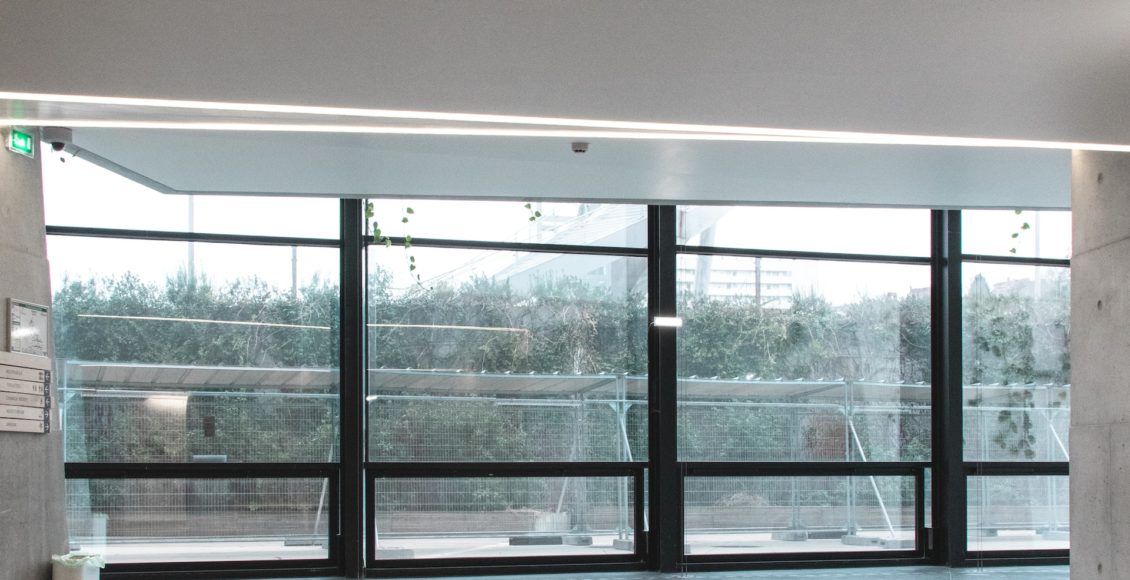Choosing the right flooring for your home or business is an important decision that can impact the look, feel, and functionality of your space. Concrete flooring has become an increasingly popular option due to its durability, low maintenance, and versatility in design. However, like any flooring material, there are pros and cons to consider before making a decision. In this article, we will explore the advantages and disadvantages of having concrete flooring, allowing you to make an informed decision about whether it is the right choice for your space.
Pros
Durability and Longevity
One of the biggest advantages of concrete flooring is its strength and durability. It can withstand heavy foot traffic, machinery, and heavy loads without suffering significant damage. Unlike other types of flooring, concrete doesn’t dent or scratch easily, making it an excellent choice for high-traffic areas. Additionally, as guys from DiamaPro explain, concrete floors can last for decades with proper maintenance and care. They do not need to be replaced frequently, which can save homeowners and business owners a considerable amount of money over time.
Low Maintenance
Another significant advantage of concrete flooring is its low maintenance. Once sealed, concrete floors are relatively easy to clean and require minimal upkeep. They do not need to be waxed, polished, or sealed frequently like other flooring materials. Simple sweeping and mopping with water and mild soap are all that are required to keep concrete floors looking clean and new. This makes concrete flooring an ideal choice for homeowners and business owners who want a beautiful, low-maintenance floor.
Versatility in Design
Concrete flooring offers homeowners and business owners a wide range of design options. It can be stained, polished, stamped, and painted to achieve a variety of looks. Staining can mimic the look of natural stone, while stamping can create a pattern or texture. Polishing can give concrete floors a sleek, modern look, while painting can add a pop of color to a space. The design possibilities are endless with concrete flooring, making it an excellent choice for those who want a unique and personalized floor.
Cons
Hardness and Discomfort
One of the biggest drawbacks of concrete flooring is its hardness, which can lead to discomfort for those who stand or walk on it for long periods. Unlike other types of flooring, concrete does not have any give, which can put extra strain on joints and muscles. Additionally, concrete floors do not provide any insulation, which can make them uncomfortable to walk on during colder months. This can be especially problematic in homes or businesses where people are on their feet for extended periods, such as kitchens, workshops, or retail spaces.
Coldness
Concrete is known for its ability to retain temperature, which means that it can get cold during the winter months and remain cool during the summer. While this can be an advantage during warmer seasons, it can be a significant disadvantage in colder climates. The coldness of the floor can make a space feel much colder than it actually is, which can lead to discomfort for those who live or work in the space.
This can be particularly problematic for homes or businesses that have concrete flooring throughout the space. In areas where people are standing or sitting for long periods of time, such as kitchens, workshops, or offices, the coldness of the floor can become a real problem. To mitigate the coldness of concrete floors, there are several solutions available. Area rugs or floor mats can be used to provide additional insulation and warmth to the space, making it more comfortable for those who live or work there. Another option is to install underfloor heating, which can provide a consistent source of warmth to the space, making it much more comfortable in colder weather.
Potential for Cracking
Finally, concrete floors have the potential to crack over time, especially if they are exposed to heavy loads or changes in temperature or humidity. While concrete is a durable and long-lasting material, it is not immune to damage. If a concrete floor cracks, it can be costly and time-consuming to repair. Additionally, cracks in concrete flooring can be a tripping hazard, which is a concern for businesses and homes with children or elderly residents.
Concrete flooring is a popular choice for homeowners and business owners due to its durability, low maintenance, and versatility in design. It can withstand heavy foot traffic, machinery, and heavy loads without suffering significant damage, and it requires minimal upkeep to keep it looking new. However, its hardness and coldness can be uncomfortable for those who stand or walk on it for extended periods, and the potential for cracking can be a concern. Before choosing concrete flooring for your space, it’s important to consider the needs and comfort of those who will be using it, as well as the potential for damage over time. By weighing the pros and cons, you can make an informed decision about whether concrete flooring is the right choice for your home or business.
Discover The TOP Flooring Trends for 2023



Comments are closed.